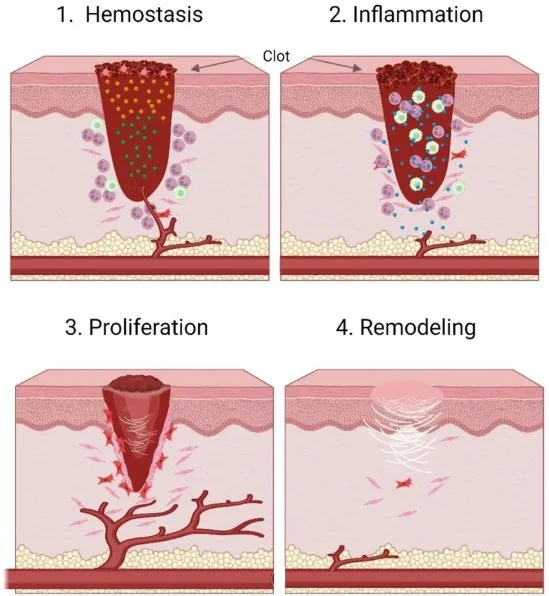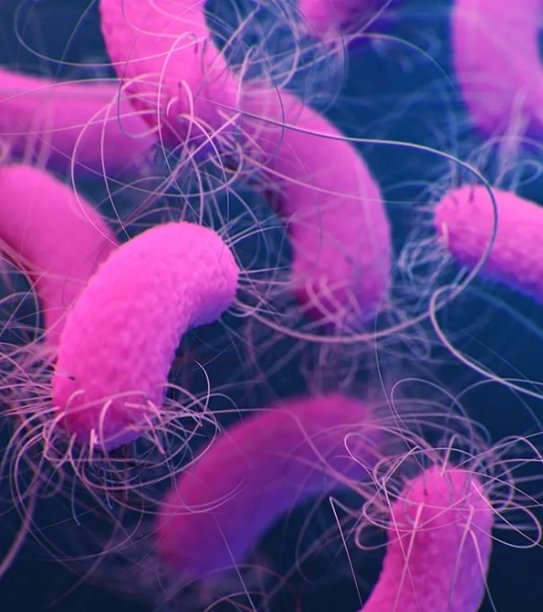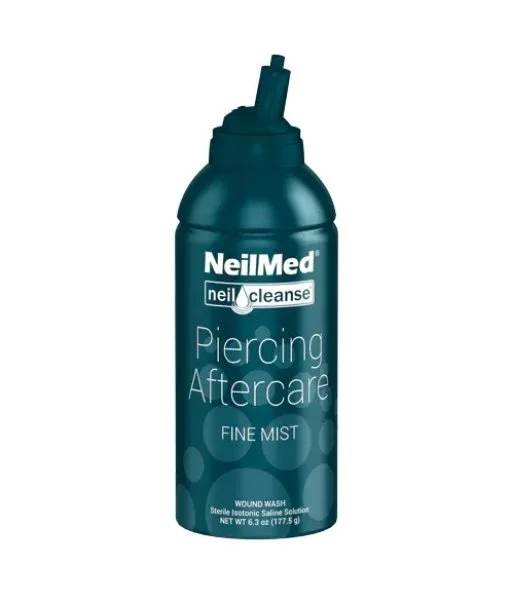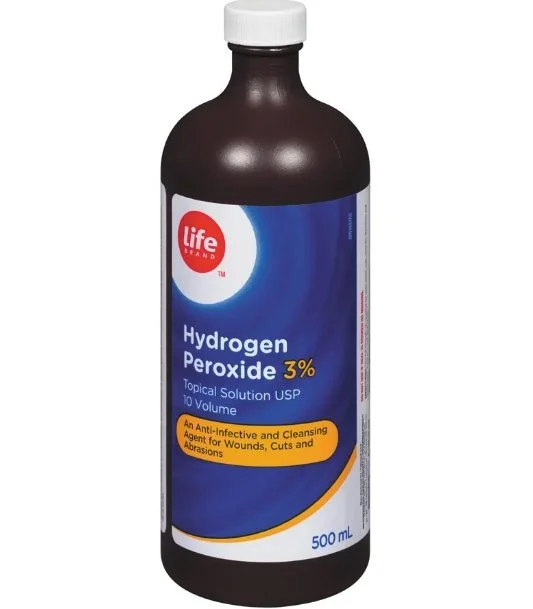
Piercing Aftercare
-

What to expect and how to promote healing
There may be some bleeding, swelling, and tenderness.
❀
You may have a white/yellow secretion that creates crust on your jewelry.
❀
Jewelry may feel tight or like it can’t move. Don’t force it. It will loosen up on it’s own throughout the healing process.
❀
Piercing may feel healed before the healing process is fully complete. Be patient and keep following your piercers recommendations for the whole healing process.
❀
Always keep jewelry in your piercing to prevent the hole from starting to close.
❀
Get your post or bar downsized when ready. A good indication is that you can see more of the bar and it may be catching on things or getting hair wrapped around it.
❀
Stay hydrated, nourished, and get the rest you need to stay healthy.
❀
Keep your piercing clean.
❀
Keep your piercing dry.
❀
Protect your piercing from accidental snags and exposure to dangerous bacteria.
❀
-

Wound Healing 101
There are 4 stages to wound healing:
Hemostasis
Inflammation
Proliferation
Remodeling.
The first stage happens at the time of the piercing, and stages 2-4 can have different durations and can even overlap with each other. Stage 2 can include redness, swelling, secretion, and tenderness. Stage 3 is when cells work together to partially recover the structure and function of the wounded skin. Stage 4 is the final stage, where the tissue matures into scar tissue, restores most of its tensile strength and the wound is considered to be healed.
-

What to Avoid
Avoid touching / picking at your piercing and playing with the jewelry.
❀
Avoid all oral contact and rough play.
❀
Don’t wear excessively tight, or restrictive clothing.
❀
Avoid friction from clothing when possible.
❀
Don’t submerging your fresh piercing in bodies of water until it is in at least stage 3 of healing. You can protect some piercings with a waterproof bandage as long as it is properly sealed.
❀
Don't hang charms or chains from your piercing until it's fully healed.
❀
-

How to Clean Your Piercing
Always wash your hands before handling your piercing.
❀
Only use clean running water and/or sterile saline to flush your piercing.
❀
Always dry your piercing thoroughly after cleaning it with a clean disposable product, small fan, or hair dryer.
❀
Do not overclean your piercing. Once or twice a day is enough for most people.
❀
-

Benefits of Sterile Saline
It's an isotonic solution, meaning it has the same concentration of salt as your body fluids. This helps prevent irritation and damage to the tissue (unlike other harsher solutions on the market).
❀
It's sterile. That means it has undergone a process to eliminate all potential contaminants and is free from microbes that may be harmful to your healing piercing.
❀
It is easy to use! Just point, spray and then dry with a clean disposable paper product.
❀
It is a gentle solution that's safe to use on all cuts, scrapes, and wounds to help wash away dirt and bacteria without causing irritation.
❀
-

What to Avoid
Avoid using alcohol, hydrogen peroxide, iodine, soaps with triclosan, bactine, eye care solutions, or any other harsh products to clean your piercing. They can cause damage to your healing skin cells, cause dryness, and irritation because they are not meant for long term use.
❀
Ointments can prevent much needed airflow to the piercing.
❀
Direct contact with makeup, lotions, hairspray and other beauty and personal care products should be avoided.
❀
If you are having a problem with your piercing, visit your piercer!
❀
